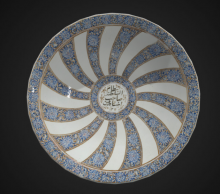Full colour 3D models on Wikimedia projects would be a really great addition
Content repositories
There are 10,000 of openly licensed full colour 3D models available online including
- Smithsonian full colour models https://3d.si.edu/
- NASA full colour models https://nasa3d.arc.nasa.gov/models
- NIH colour models https://3dprint.nih.gov/
File format options
There are several open file formats to chose from:
- glTF 2.0, some work has already been done on supporting this file format but seems to have stalled, see T187844
- AMF supports material, texture, constellation and metadata, allowing you to show full colour models. https://en.wikipedia.org/wiki/Additive_manufacturing_file_format
- If supporting AMF isn't possible for a some reason 3MF may be an alternative open file format that could fulfil the same need https://en.wikipedia.org/wiki/3D_Manufacturing_Format
- .obj can only display shape information, adding .MTL support would allow .obj to display colour but would be really fiddly and not user friendly at all and would require supporting 2 new file formats
Whichever format is chosen it would be very helpful to allow users to download the model in multiple different formats including .stl which is the most popular format for 3D printing (stl only holds shape information and is already supported by Commons).
Process and skills needed
Steps for adding new file types to Wikimedia Commons are listed here.
Javascript and PHP will be needed to implement this
